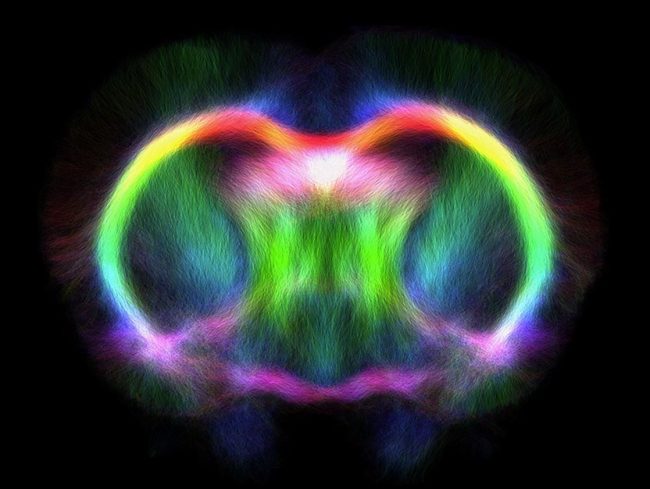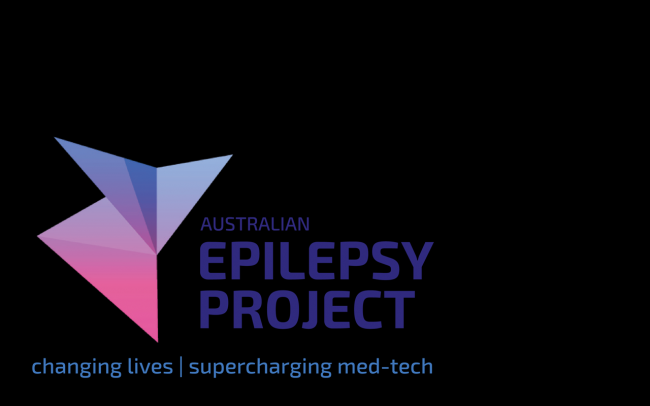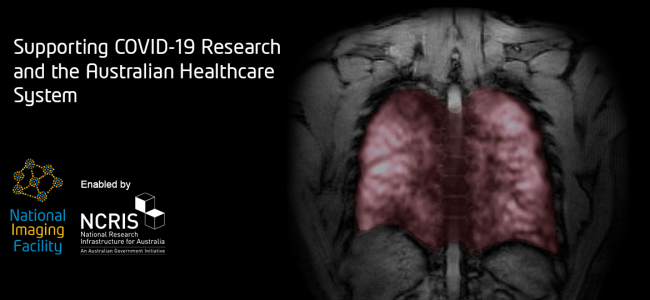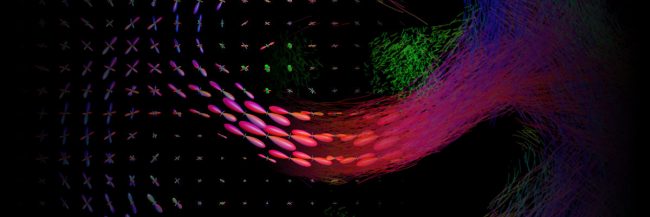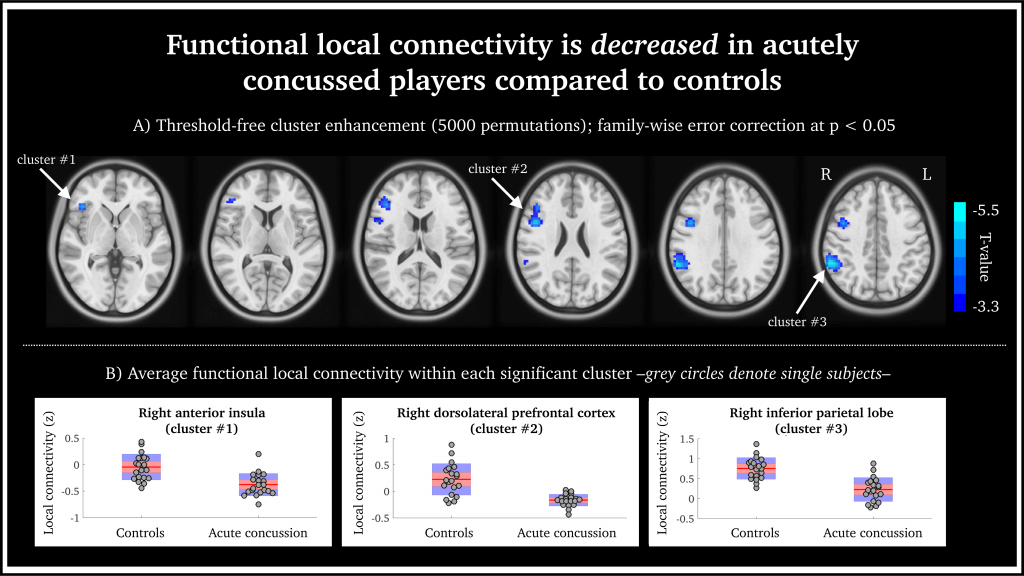#ImagingTheFuture Week: Unlocking solutions to major health challenges
#ImagingTheFuture Week: Unlocking solutions to major health challenges
Chan Zuckerberg Initiative’s (CZI) Imaging the Future Week puts a spotlight on the significance of imaging science in biomedicine, and the importance of building a vibrant imaging community across the world to tackle these challenges at scale.
Imaging science and the highly skilled researchers behind it are vital to addressing global health challenges, and driving innovation in disease management, prevention, and cure.
The National Imaging Facility (NIF) invests in state-of-the-art equipment and partners with world-class experts to process and interpret data and apply imaging to solve challenging health problems.
CEO Prof Wojtek Goscinski said he was proud of the NIF’s partnerships which enable the translation of discoveries through to real world applications to improve the health of the population.
“Advanced imaging techniques make it possible to deepen our understanding of health and disease in the human body through visualisation,” Prof Goscinski said.
“Imaging already plays a critical role in healthcare, and the acceleration of its advancements in biomedicine are positioning us, and our colleagues world-wide to continue this work well into the future.”
“We are supportive of the efforts of CZI and I’m excited for NIF to work alongside them and our other international imaging colleagues, building a cutting-edge imaging community at the forefront of global imaging research,” Prof Goscinski said.
You can find out more about Imaging the Future Week here.
Keep scrolling to check out some of the impressive imaging work from a few of the Australian National Imaging Facility’s Nodes.

Time-of-flight angiography of the human brain using 7 Tesla MRI – courtesy of the Centre for Advanced Imaging, University of Queensland

Human Tooth CT scan – courtesy of Diana Patalwala, University of Western Australia

Angiogram scanned on the Siemens 3T Skyra magnet – courtesy of the Large Animal Research and Imaging Facility, South Australian Health and Medical Research Institute

Tractography template image of a sham rat – courtesy of David Wright, The Florey Institute of Neuroscience and Mental Health


